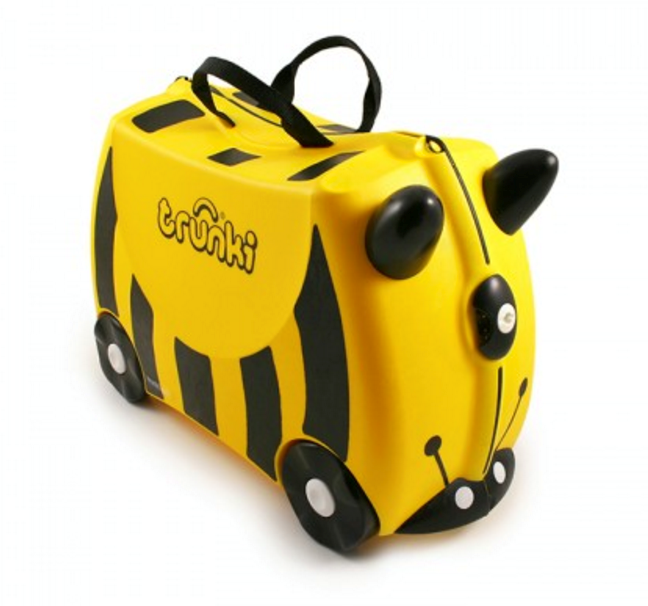Trunki vs. Kiddee

Design rights battle reaches supreme court in London. The ruling may have implications for small creative firms that rely on design rights.
Magmatic, a Bristol-based company and the creator of Trunki childrens’ luggage, presented a case in a legal battle against Hong Kong-based PMS International for registered design right claims over similar appearance of Kiddee suitcases. The long-running dispute started in 2013 and has been judged and appealed several times; Magmatic won a high court judgement in 2013 which was then overturned by the court of appeal in 2014. Both companies presented to five supreme court justices back in November last year but ruling has yet to be announced.
Rob Law, the founder of Magmatic, invented the Trunki in 1997 and has sold more than two million suitcases since 2004. The Trunki design was protected by a community registered design (CRD); it consisted of six depictions of the exterior case from various perspectives but the computer-aided design (CAD) did not show any distinct surface decoration. The court of appeal that overturned the initial ruling claims that the design created the impression of a horned animal, in comparison to Kiddee’s cases, which are similar to an insect with antennae or an animal with floppy ears. This ruling meant that CAD drawings could no longer be offered the same protection as line drawings and that differences in surface decoration could be taken into account.
Michael Conway, associate trade mark & design attorney at European IP firm, Haseltine Lake, says, “The Supreme Court’s ruling is likely to have significant ramifications for product designers and design companies who use European registered designs to protect their products from infringement. The most important aspect of the case concerns the difference in the scope of protection between designs registered using photorealistic CAD drawings and those registered using simple line drawings. It is already accepted that a line drawing covers the shape of a product, so imitating the shape can infringe the design, regardless of any ornamentation on the surfaces of the later design. The case highlights the need for designers to take great care when selecting how to show new designs in their registrations”.












